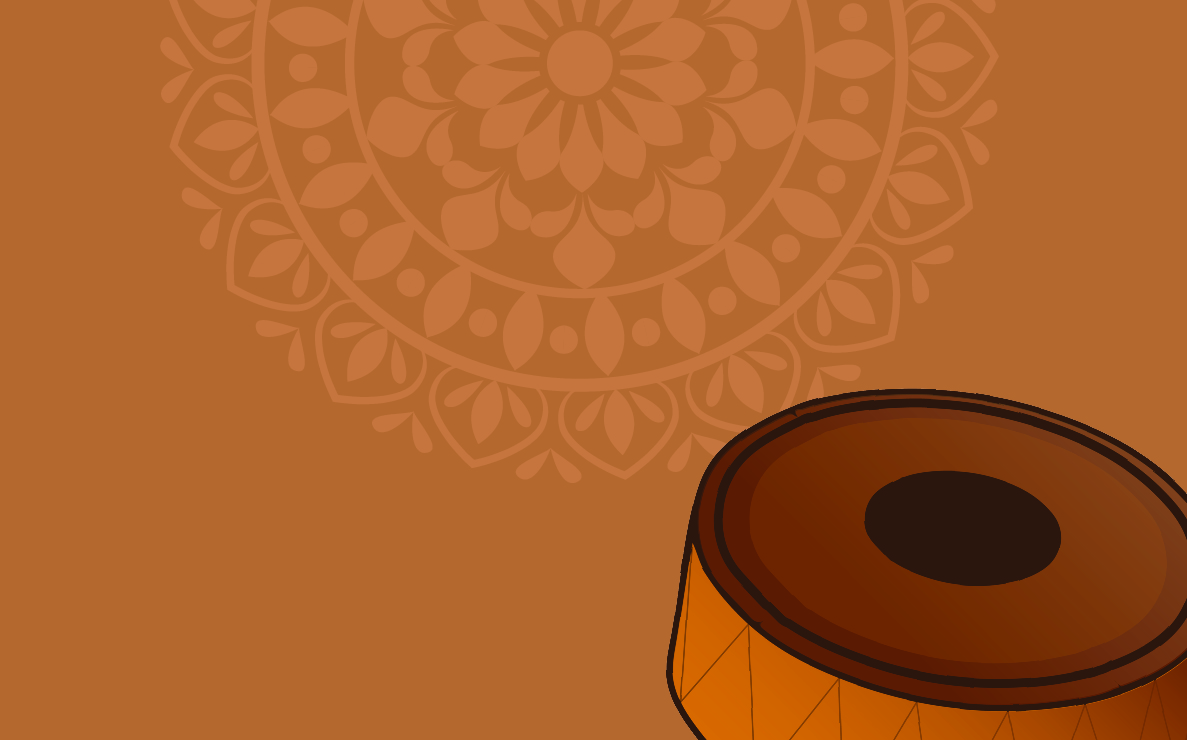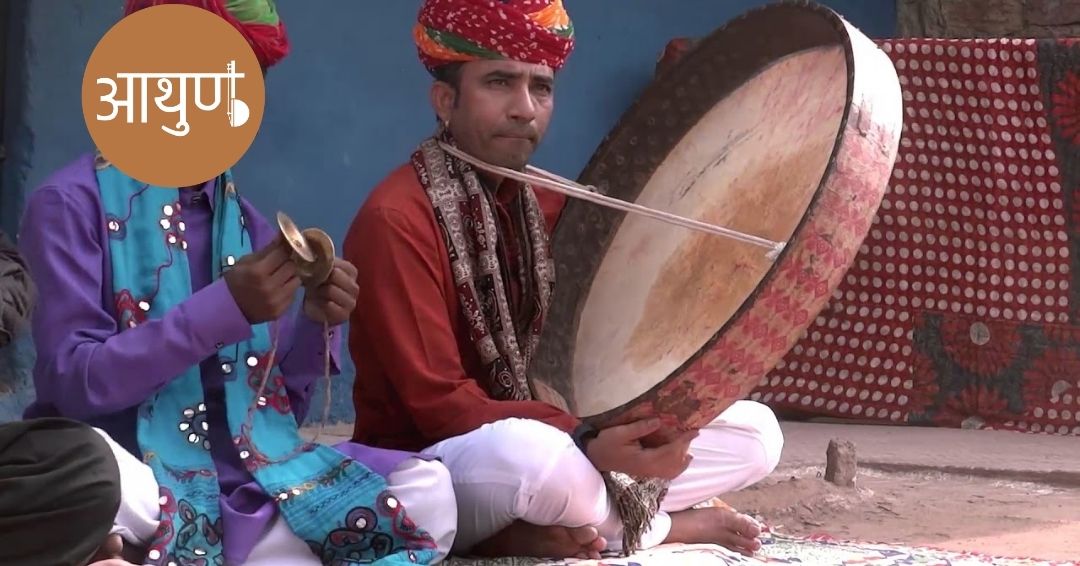


Different kinds of drums form this group of musical instruments. They are of various kinds of Chang namely the two sided drums, the shallow rimmed and single faced. The twin faced drums include the tiny Damru or Dugdugi of the Kalbeliyas and Madari. The Bhils use the Maadal, a folk version of ‘Moisang’ which has a body of baked clay and gives a booming sound. The single faced and shallow rimmed drums are the Daf and the Chang. The Chang is the biggest, and with a parchment pasted on its rim is a big favourite of the Holi revellers.

Historical facts related to this dance form suggest that this dance was created so as to celebrate the victory of good over evil. As a result, this dance is mainly performed during “Holi” which happens to be a Hindu festival that celebrates the old concept of ‘good versus evil’. In addition,
this dance form is commonly referred to as “Dhamal/Chang” simply due to the fact that, the accompanying music involves the use of folk songs known as “Dhamal” as well as a musical instrument called “Chang”.
This instrument consists of a wooden disc, typically 2 feet (24 in) to 3 feet (36 in) in radius, covered on a single side with stretched male sheep skin leather. The turmeric and other aromatic sprays are made on. Some type of painting is also made on it.
Similar to a drum this instrument essentially comprises of a wooden disc about 2 to 3 feet in radius. In addition, the surface of this instrument is painted.
Chang is a percussion instrument in the form of a rounded, flat drum, the beats of which characterizes this genre and give it its name.